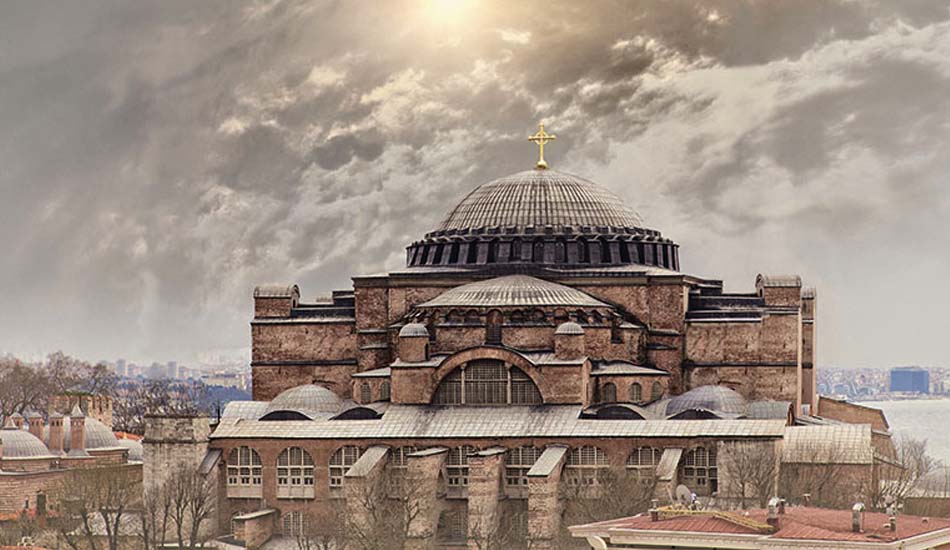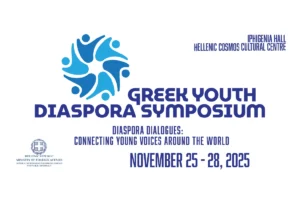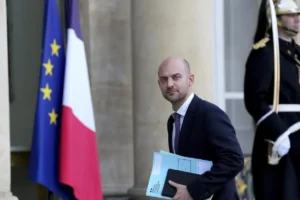With a stunning reverberating sound time of over 11 seconds. The acoustics of Hagia Sophia were measured and analyzed and auralized in real-time on Cappella Romana’s performance by the Icons of Sound team at Stanford University
After many years of researching, analyzing, and studying acoustics, architecture, Byzantine history, and the evolution of Byzantine music and testimonies, Stanford University and Cappella Romana revived with the greatest possible accuracy the way the chants were heard in Hagia Sophia 1,500 years ago.
Even for those who do not participate in the services of the religion, the way in which the psalms in the videos of the famous Cappella Romana choir emerge is breathtaking, bringing to light again the sounds that were heard in Hagia Sophia 1,500 years ago, when it was still fully and exclusively used as a temple. The Portland Choir, considered to be one of the most important in the world, and Stanford University decided to search and find the key to the mystery and grandeur of Byzantine music, as it ascended to the highest point of the dome of Hagia Sophia. The project, conducted in 2016, was sponsored by the Onassis Foundation in New York.
Bissera Pentcheva, who teaches at Stanford’s Faculty of Medieval Studies and continues to do related research to this day, notes that this experience provides an incredible opportunity to present research as an aesthetic act. “Hagia Sophia brings us into contact with a paradox: the combination of the blurred semiology produced by the sound field and the catalysis of the form caused by light and reflections, implying that divine knowledge can be perceived only partially and vaguely.”
The cavernous acoustics, but also the light that enters and penetrates the space as in any other building, co-shape the result of the sound and experience, as can be seen in a video uploaded by the University. The way the sound rests on the marble surfaces and returns determine this unique sound. The way the voice is reproduced, which in some way expands, reflects the metaphysics of space, say those who participated in this great research. Another researcher comments that one way to understand the acoustics of Hagia Sophia was to blow up a balloon inside the temple (worth listening to it in the video). Digital technology is the only way to hear, to live that experience, even through simulation.












